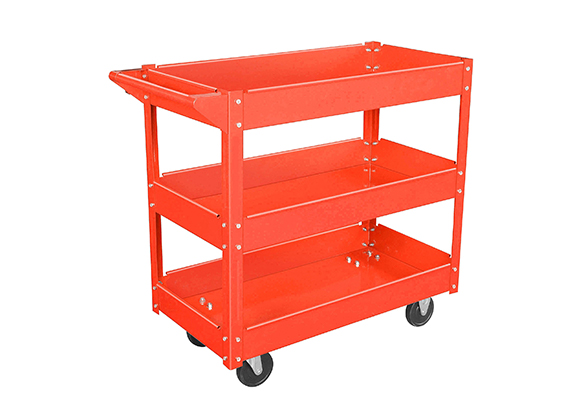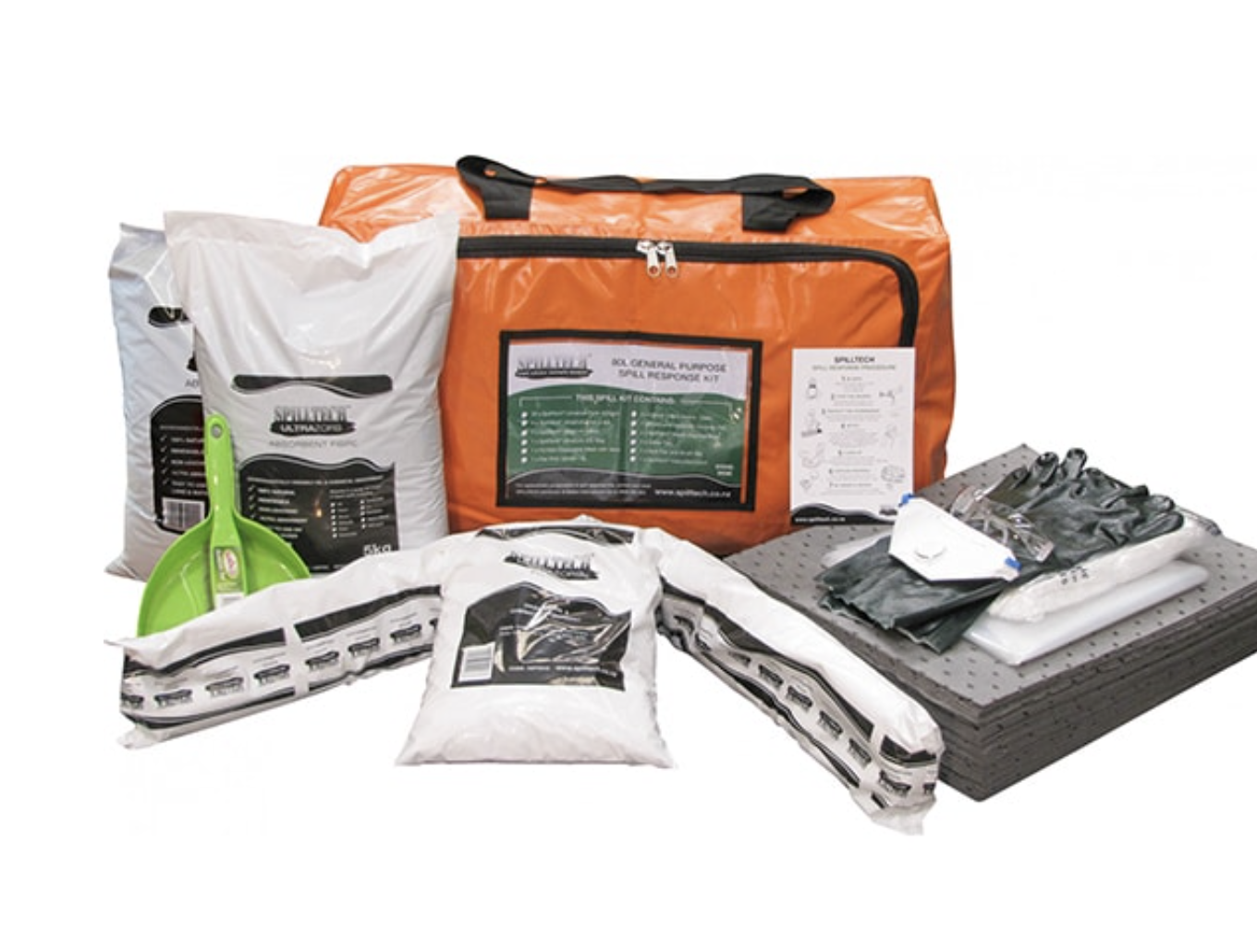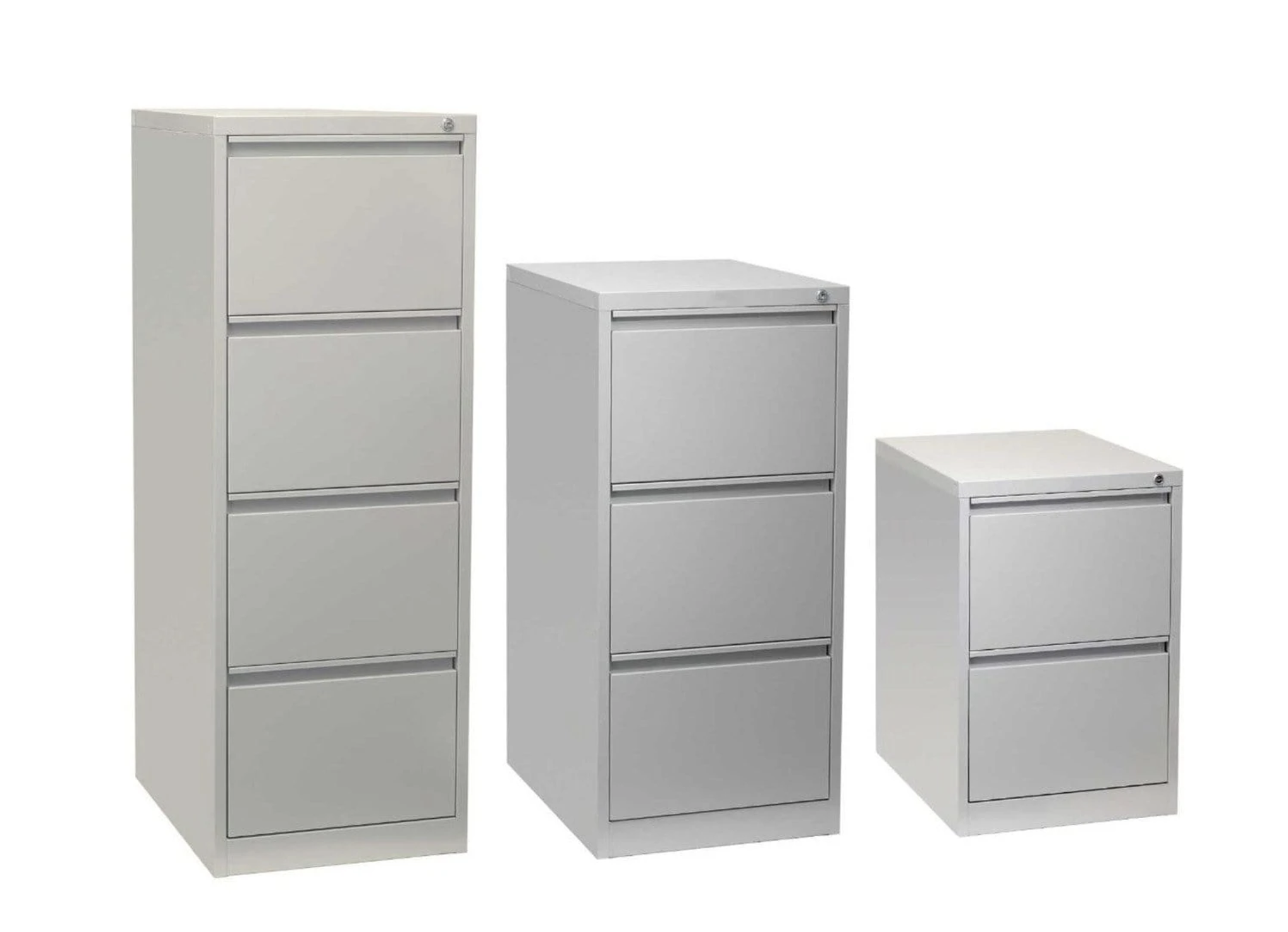
Health & Safety Hazardous Substances Regulations 2017
20 Dec 2017
From 1 December 2017, the former rules for managing hazardous substances in the workplace are being replaced by the Health and Safety at Work (Hazardous Substances) Regulations 2017, and responsibility for administering those rules will shift from the Environmental Protection Authority to WorkSafe New Zealand.

Failure to comply with the new regulations could lead to a prosecution with serious consequences.
As was the case with Salters Cartage who were ordered to pay $368,000 after a fatal workplace explosion. "In his sentencing, Judge Richard McIlraith said investigators had uncovered "numerous failings" by the company in its statutory duties under health and safety laws." (Read more here - www.stuff.co.nz)
SOUND ADVICE
In order to be compliant with the new regulations; the first step is to check whether there are any hazardous substances in your workplace. The presence of any hazardous substance means that the requirements will need to be met.
These are:
1. Inventory - A workplace must keep an inventory of all hazardous substances used, handled, manufactured or stored, including any hazardous waste.
2. Safety data sheets - A safety data sheet (SDS) will be required for every hazardous substance supplied to a workplace and needs to be accessible to everyone who could be exposed to the substance in your workplace, including both your workers, and any emergency services workers.
3. Labelling and packaging - All hazardous substances in your workplace needs to be properly packaged, whether they are in their original container, or have been moved into different packaging or containers.
4. Signage - Some substances and locations have new signage requirements. You need to maintain your signs and keep them up to date. Signs must be clean, in good repair and not covered or obscured.
5. Emergency response plans - The emergency response plan must: cover any emergency that could happen in your workplace; list any training needed by people with responsibilities in an emergency; and provide an inventory and a site plan.
6. Fire extinguishers - Fire extinguishers must be clearly visible and readily accessible, replacing the previous requirement of being no more than 30 metres away from the substance. This means anyone who needs a fire extinguisher can see and reach one easily in an emergency. Fire extinguishers must also have a rating of at least 30B.
7. Storage - Storing hazardous substances safely is an important part of protecting you and your workers. This includes storing only what you need, ensuring that incompatible substances are not stored together, and that decanted substances are stored in the right type of container and correctly labelled.
8. Training for workers - Workers must be provided with information and training about what work involving hazardous substances is happening within their work area, the location and availability of information about the risks of the hazardous substances in their workplace (including the location of the SDS), and how to safely handle and store the hazardous substances.
For more information please click here to access the Worksafe Website.
 return to all
return to all
More handy tips

The Benefits of Trolleys to your Business
16 Nov 2021
A Real 'work horse' in the office - to transport any thing and everything from 'A' to 'B'. Whether the Trolley is used for catering, transporting multiple items around your workplace, stocking retail shelves, picking orders from your warehouse or transporting your shopping in your apartment building we have a Trolley for every situation. Office Products Online offers the widest range of Trolleys available on the New Zealand market - and they are all available at discounted prices.
Read More
Ergonomics at Work at Home
21 Apr 2020
Remote working has been a growing trend (before COVID-19), as more and more people are opting to work from home.
Read More
How to Choose the Best Filing Cabinet
09 Oct 2018
The first consideration in chosing the ideal filing cabinet should be the workflow/processes you have in your office. Are your records unique to individuals or are they accessed by groups of individuals - and how and for what reason are the records accessed?
Read More